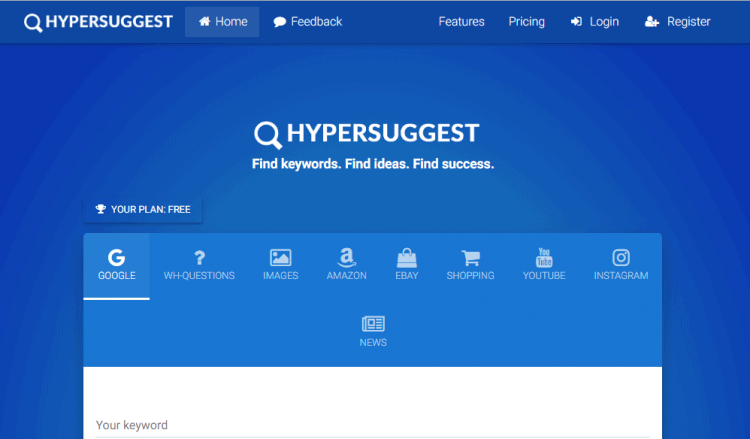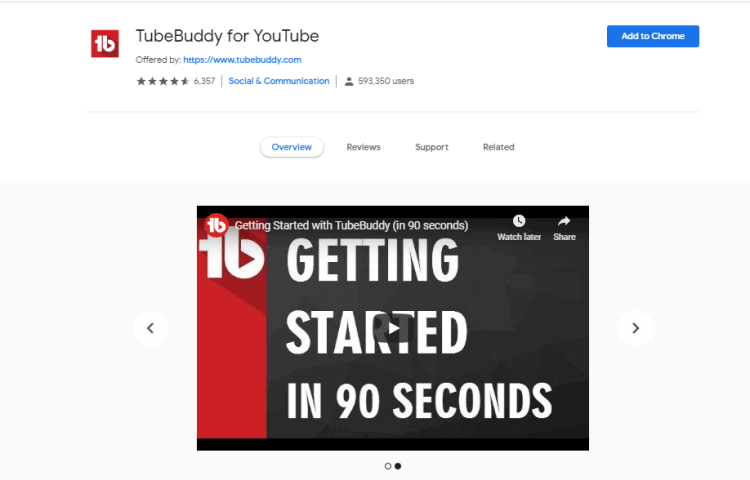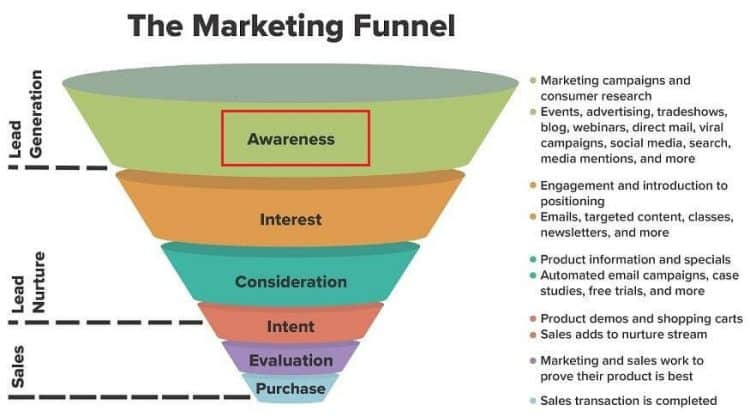Table of Contents

Are you a social media marketer and looking to get your videos performing excellently on the YouTube?
You should bring content that has the right keywords placed in it.
But, how to find keywords for YouTube?
This article will give you three vital tips for YouTube keyword research.
1. Use YouTube Keyword Research Tools for Your Goals
Manual interpretation and assessment of YouTube SEO would be difficult, so employing YouTube SEO tools for the action will help you do it easily and effectively.
Here are two YouTube Keyword Research tools-
Kparser

Kparser is a free YouTube SEO tool that searches specifically for YouTube terms.
The free version of the tool displays a proprietary ranking factor in it keyword suggestions on the basis of the frequency range of every word appeared in the term.
The advanced features like YouTube keyword search volume and cost can only be availed after subscription as there is no such advantage in the free version.
Hypersuggest

Hypersuggest is similar to Kparser and offers you free service but to a limited extent.
This YouTube keyword tool allows you to search by country and only displays the first 10 results if you don’t own an account.
Hypersuggest offers a large search volume and expands your results depending on suffixes, prefixes, and modifiers.
2. Chrome Plugins will Help to do Competitive Research
YouTube keyword research is quite similar to the keyword research done for brick-and-mortar businesses and is one of the best resources for searching relevant phrases to target. Therefore, install Chrome plugins to do competitive research
If you’re finding your competitor’s video is ranking, there would have surely been right efforts behind that.
Your competitor would have found out which tags, titles, description get clicks, and improves the ranking in the search engine.
In the meanwhile, finding the YouTube tags is not an easy job. These tags are the phrases to be added to a YouTube video, so they work similar to keywords do on the SERP.
Tags for YouTube and TubeBuddy offer free installation and shows the tags attached to a video.

Although, the tags aren’t the best of YouTube keyword research, but these tags tell to both, YouTube and Google about the content of the video and getting it featured in search results and related video views.
If you find your competitors using them, it’s time to leave them back in the race.
3. Use YouTube’s Autocomplete Function to Get Long-tail Keywords
Long-tail keywords are too important for SEO as they have less competition, easy to rank and target much better leads than head terms.
So, how long-tail keywords target better leads?
So, here is the answer. Long-tail keywords capture users when they enter later stages of the marketing funnel.
Short-tail keywords might capture the users which are in awareness phase of the marketing funnel, but long-tails are more likely to capture users who are in the last or second-last stage of the funnel.

YouTube follows the same rule.
If you’re looking for brand awareness, the short-term tags are great for the occasion. But, if your goal is to reach new customers, not just the subscribers, long-tails will help you narrow the field.
This is all because the majority of searchers include three or more words in their searches.

Conclusion
YouTube is a million-dollar social channel to bring new customers to your channel.
But, for that, you need to optimize the keywords for the platform.
Here are 3 tips that will help you do proper keyword research for your YouTube SEO goals.
Table of Contents




